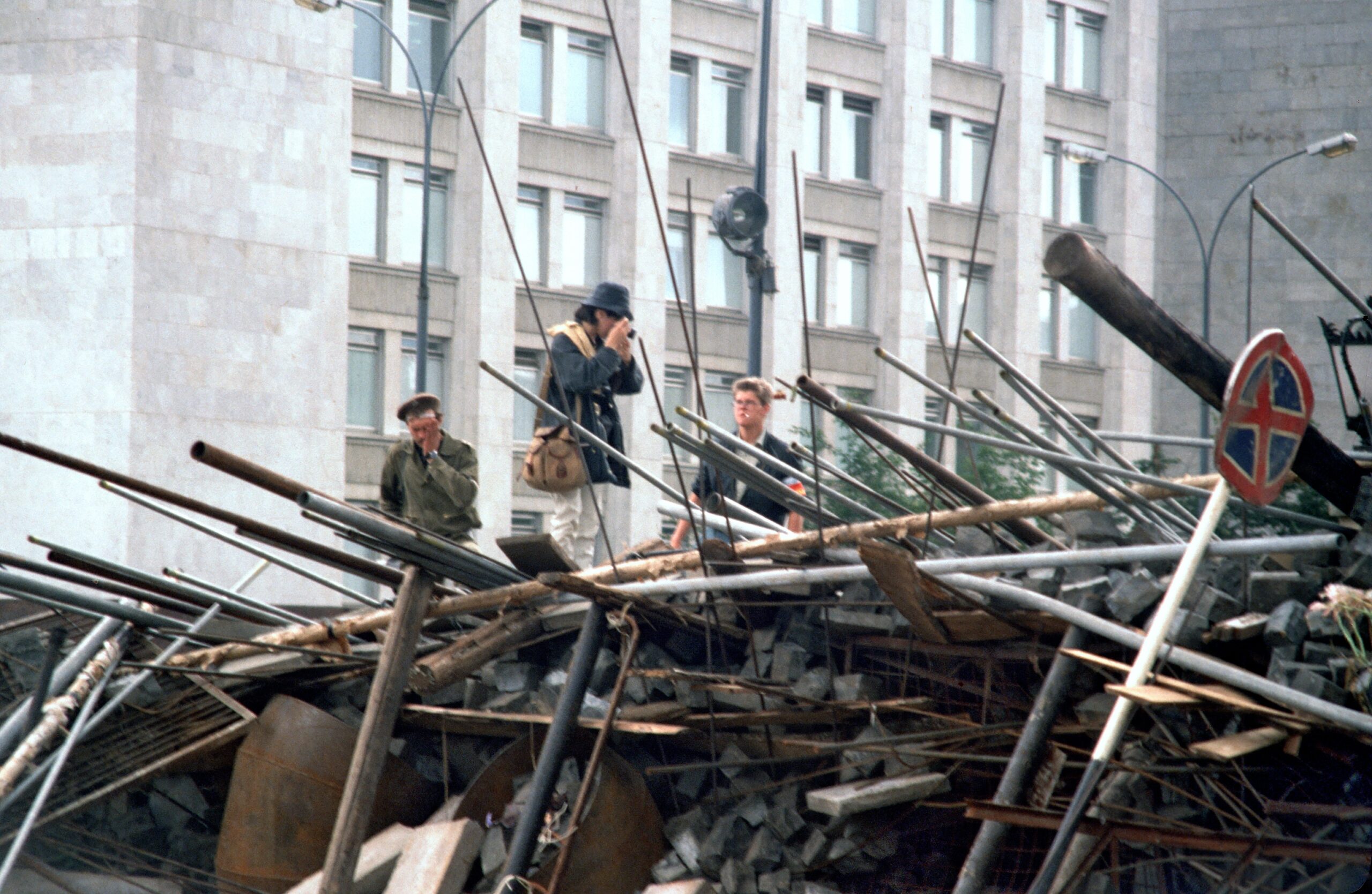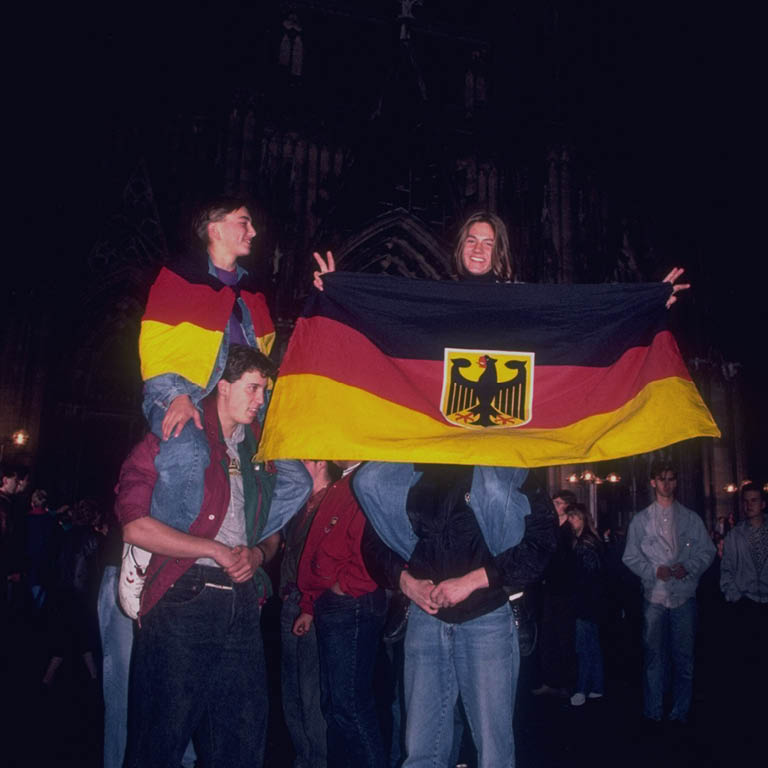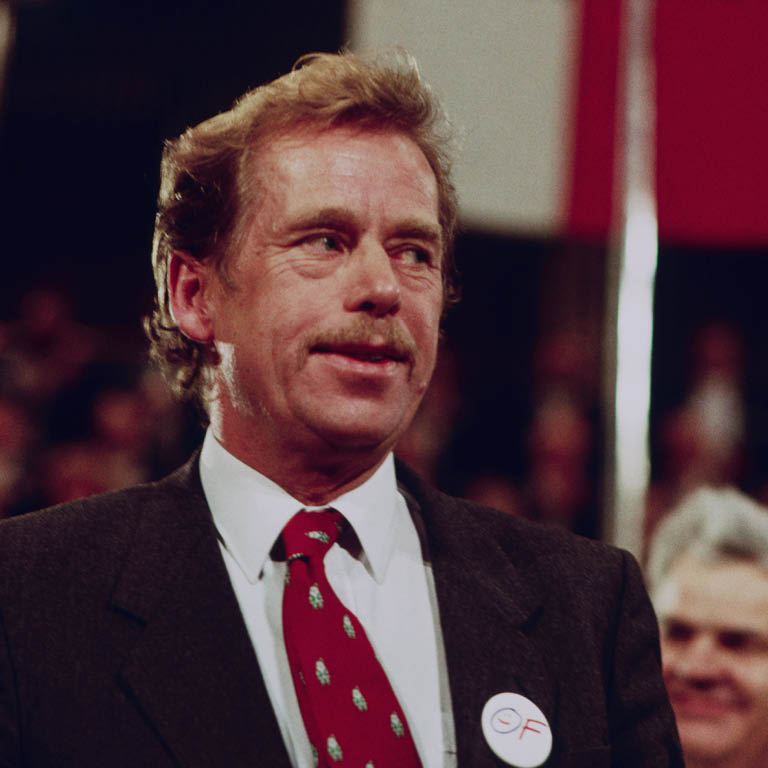The collapse of the USSR in 1991 marked the end of a superpower and brought significant global geopolitical shifts.
Triggered by economic struggles, political reforms, and rising nationalist movements within its republics, the Soviet Union’s disintegration was both sudden and inevitable. This historic event not only ended the Cold War but also reshaped the political landscape of Eastern Europe and Central Asia.
The independence of East-Central European countries, sealed with the dissolution of the Warsaw Pact in 1991 while the USSR was crisis-stricken, made it possible for Germany to reunify. Those events also led to the dissolution of the USSR in December of that year and the emergence of a number of post-Soviet countries on its territory. The legacy of the USSR in the form of international agreements, mainly concerning nuclear arms, was taken over by the Russian Federation, still stuck in a crisis.






